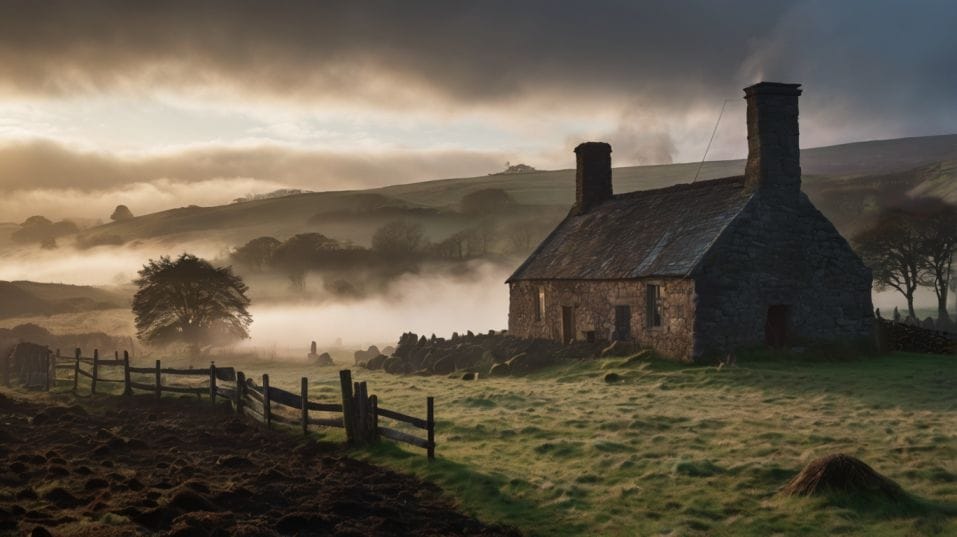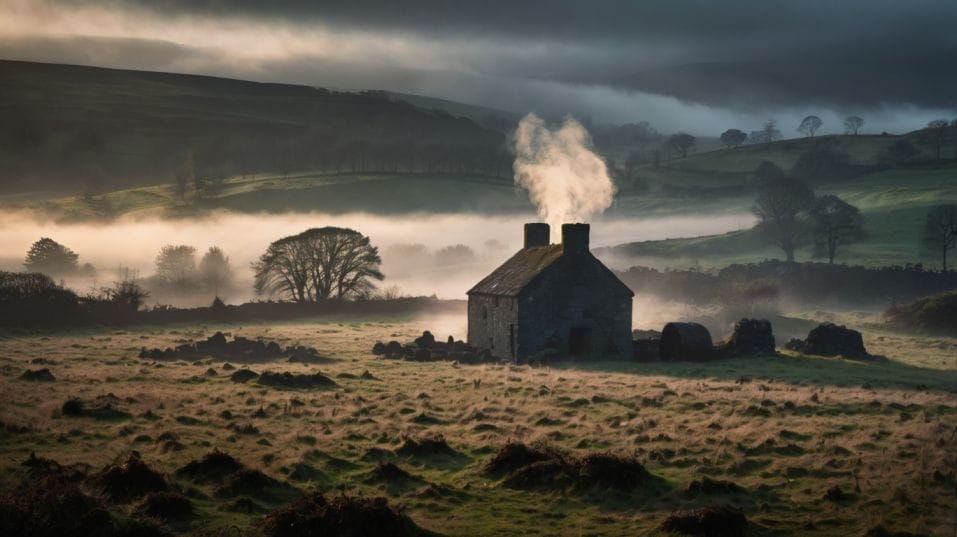The First Whiskey Distillery Ever (And What Happened to It)
Discover the surprising roots of whiskey at the world’s first licensed distillery—perfect for new collectors and curious tasters alike.

What if your favorite whiskey started as a survival tool, not a luxury? Long before distilleries printed age statements and collectors chased rare bottles, whiskey was raw, practical, and necessary.
It preserved grain. It warmed the body. It made hard times easier. This isn’t just history—it’s the origin of everything you drink today.
To understand whiskey, you have to start at the beginning: the very first legal distillery, and the surprising truth behind it.
The Original License to Distill—What It Actually Means
In 1608, a royal license was granted by King James I to a landowner named Sir Thomas Phillips in County Antrim, Northern Ireland.
The document gave him the legal right to distill “aqua vitae” in the area around Bushmills. That’s the oldest known license for whiskey production. It’s not romantic fiction—it’s written history.
Now, here's the part most people miss: the license wasn’t given to celebrate flavor or heritage. It was a political and economic move. The Crown wanted control over resources, and distilling was one of them.
Whiskey, or at least its early ancestor, was practical. It preserved surplus grain, provided warmth, and could be taxed. There was no obsession with tasting notes or finish types. It wasn’t refined. It was essential.
This is how you should begin to think about whiskey: as a distilled essence of time, place, and survival instinct. It’s not about prestige. It’s about process. Start with that mindset and you’ll taste everything differently.

What Early Whiskey Actually Tasted Like
Imagine an unaged spirit made from barley or oats, fermented wildly, and distilled in crude copper stills heated over wood fires. No controls. No precise cuts.
What came out was rough—likely cloudy, hot, sharp, and unpredictable. No one was swirling glasses or talking about legs. This was fuel, both literal and emotional.
But even that raw spirit had the core DNA of modern whiskey. Malted grain, fermentation, distillation, and patience. Over time, even by accident, people discovered that aging in barrels improved the taste.
That letting the spirit rest smoothed its edges. That better cuts during distillation made a difference. Those discoveries weren’t theoretical.
They were visceral. Someone took a sip and realized, “This one burns less.” That’s how whiskey evolved.
As you learn to taste whiskey today, try stripping away the polish. Ask: what would this spirit have been like before the barrel?
Is the sweetness coming from the grain or the wood? Can I taste the fire beneath the finesse? That’s not esoteric. That’s how you build a serious palate.
The Distillery’s Evolution: Survival Over Perfection
The Bushmills distillery we know today didn’t spring up in 1608 as a fully formed brand. The license set the tone, but the actual continuous operation of a distillery in Bushmills didn't begin until 1784.
The brand itself was trademarked much later. So when you see “1608” on a bottle today, understand that it’s heritage, not uninterrupted history.
In the centuries between that first license and now, the distillery and the region went through fires, closures, smuggling operations, and massive changes in ownership.
It was mothballed during lean years and expanded in boom times. It shipped whiskey across oceans, got crushed by Prohibition, and later found new life during whiskey’s global resurgence.
This isn’t trivia. It’s a lesson. Distilleries, like people, succeed by adapting—not by being flawless. The whiskey you love today may have come from a brand that nearly died.
A bottle you ignore might come from a distillery clawing its way back to relevance. Reputation is fluid. Results are what matter.
Technique Then vs. Technique Now
In the early days, distillation was as much luck as it was skill. The stills were primitive. Fermentation was uncontrolled.
Cuts were made by taste and smell, not instruments. There were no “single malts,” no talk of “first-fill bourbon casks.” Everything was hands-on, local, and improvised.
Modern whiskey is more precise—but don’t confuse that with better. Technology has brought consistency, but not necessarily complexity.
The best distillers today use science to support instinct, not replace it. They understand the grain-to-glass process because they’ve lived every part of it. And that’s what you should aim for as a collector or enthusiast.
Don’t just memorize flavor wheels. Get to know the steps: malting, mashing, fermentation, distillation, maturation.
Then, when you drink, you’re not just tasting—you’re decoding. You can spot over-oaking. You can recognize under-distilled notes.
You start drinking like a distiller, not just a fan. That’s the difference between buying bottles and building a collection.
How This Changes What You Collect, Taste, and Share
Most beginners fall into two traps: chasing awards or chasing price tags. But whiskey isn’t about either. It’s about intention.
Does the distillery know what it’s trying to make? Does the spirit stay honest to the grain? Does the aging complement, not cover?
When you understand that whiskey’s roots are in practicality and process—not flash—you start choosing differently. You look for distilleries that distill their own spirit.
You notice how transparent they are about ingredients, aging, and cuts. You get more curious about where their barley comes from, how they ferment, and what kind of stills they use.
You also start ignoring gimmicks. Exotic cask finishes? Fine—if they add something real. But don’t get distracted. The best whiskeys don’t try to impress.
They try to express. They tell you where they’re from, what they’re made of, and who made them. And that’s what makes whiskey worth collecting. Not scarcity. Not hype. Honesty.
Final Thoughts: Build Your Whiskey Journey Like a Distillery
The first whiskey distillery didn’t become legendary by being perfect. It became legendary because it endured. That’s your takeaway.
Don’t aim for instant expertise. Build layer by layer. Sip, question, refine. Focus on quality of experience, not quantity of bottles.
This week, pick one bottle you’ve overlooked. Taste it slowly. Research how it was made. Ask yourself what choices went into it. That’s how whiskey becomes more than just a drink—it becomes a skill, a story, a personal ritual.
You’re not here to chase trends. You’re here to build your palate, your perspective, your collection.
Start now. The first great whiskey of your life might already be on your shelf—you just haven’t learned how to taste it yet.




